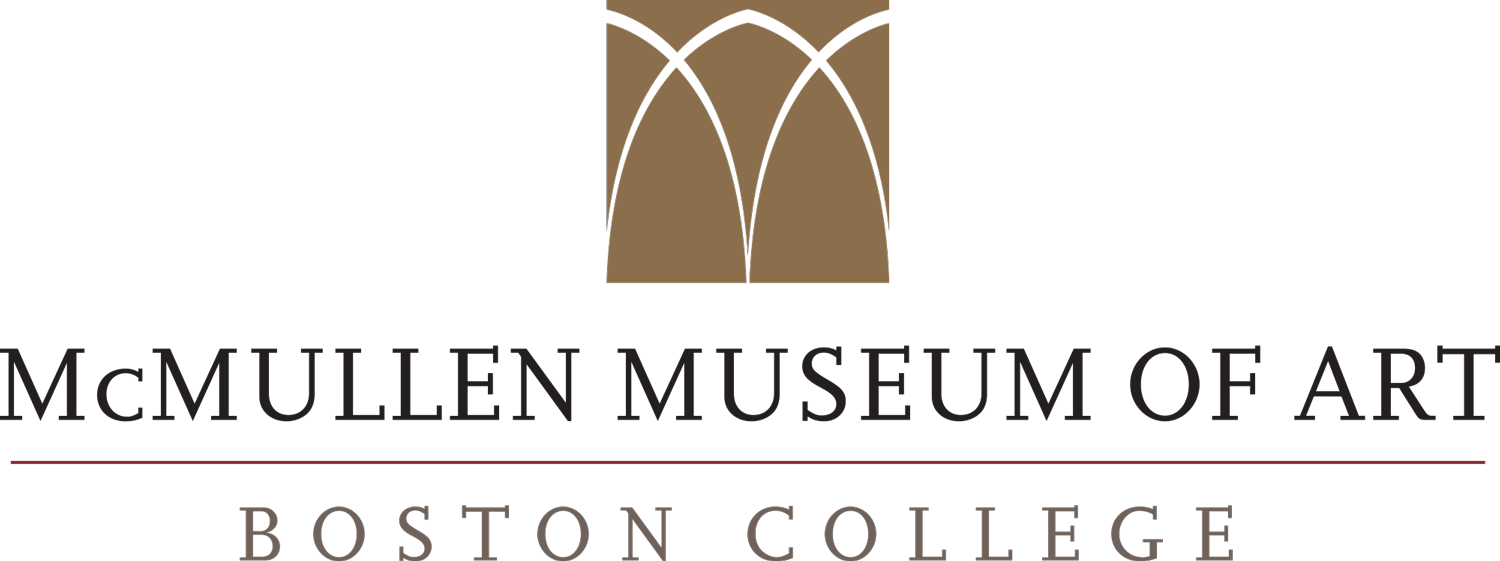
Welcome to the mobile guide to the McMullen Museum of Art’s nineteenth-century Belgian paintings from the School of Tervuren, a gift from Charles Hack and the Hearn Family Trust. With this landmark gift, the McMullen now holds the foremost assemblage of Belgian landscapes in North America. Selections from the Charles Hack and the Hearn Family Trust Collection are hung throughout the McMullen Atrium and offices and will be rotated frequently.
-
Introduction
School of Tervuren
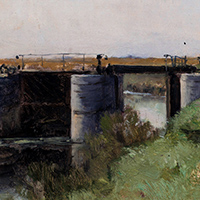
Frans Binjé
Paysage avec écluse (Landscape with Lock)
-

François Bossuet
Ostend. The Plain Viewed from the Top of the Dunes to the West
-
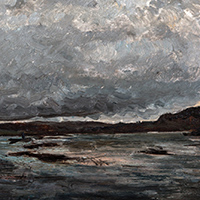
Hippolyte Boulenger
Inondation en Ardenne (Flood in the Ardennes)
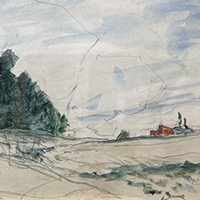
Hippolyte Boulenger
Paysage (Landscape)
-
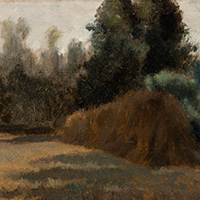
Hippolyte Boulenger
Paysage avec meules de foin (Landscape with Haystacks)
-

Hippolyte Boulenger
Retour à la ferme (Back on the Farm)
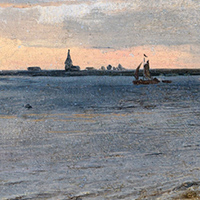
Henri de Braekeleer
L’Escaut près d’Anvers (The Scheldt near Antwerp)
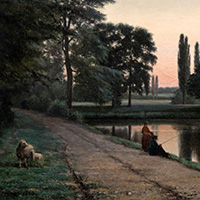
Joseph-Théodore Coosemans
Étang de Robiano-Tervuren (Pond at the Castle of Robiano-Tervuren)
-
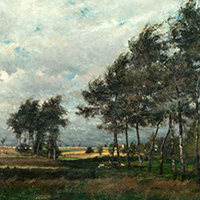
Joseph-Théodore Coosemans
Paysage de Campagne (Landscape in the Countryside)
-
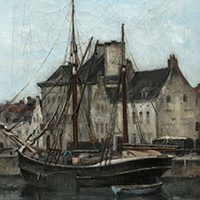
Louis-Joseph-Désiré Crépin
Canal à Bruxelles (Canal in Brussels)
-
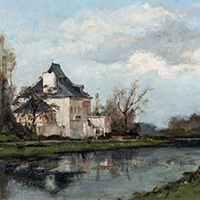
Louis-Joseph-Désiré Crépin
Le Marly (Edge of the Willebroeck Canal)
-
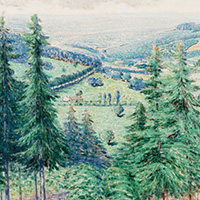
William Degouve de Nuncques
Vue de Stavelot (L’été, Ardenne) (View of Stavelot [Summer, Ardennes])
-
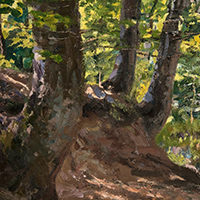
Jean-Baptiste Degreef
Sous bois (Undergrowth)
-
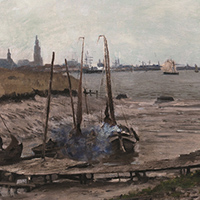
Jean-Baptiste Degreef
Vue de l’Escaut (View of the Scheldt)
-
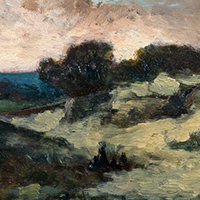
Louis Doubois
Sablonnière (Dunes)
-
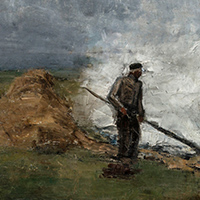
Alfred William Finch
Paysan ecobuant sont champ (Peasant Burning His Field)
-
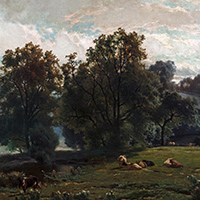
Theodore Fourmois
La Hulpe
-

Theodore Fourmois
Paysage (Landscape)
-
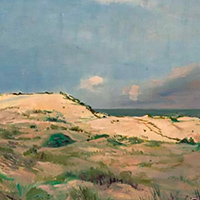
Léon-Henri-Marie Frédéric
Dunes at Heist
-

Léon-Henri-Marie Frédéric
Haystack at Nafraiture
-
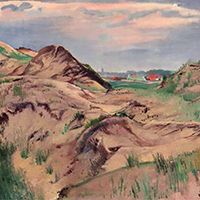
Léon-Henri-Marie Frédéric
Heist
-
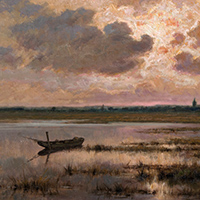
Frans Pieter Lodewijk van Kuyck
Marais au crépuscule (Marsh at Twilight)
-
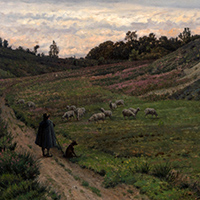
Jean Pierre Francois Lamorinière
Paysage de Campine avec berger et moutons (Landscape in Kempen with Shepherd and Sheep)
-
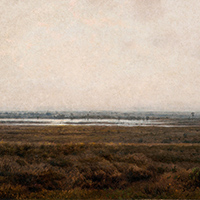
Jean Pierre Francois Lamorinière
Plaine a l’infini (Plain to Infinity)
-
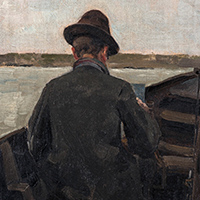
Frans van Leemputten
Impressions de l’Escaut (Impressions on the Scheldt)
-
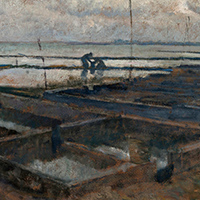
Charles Mertens
Parc à huîtres en Zélande (Oyster Park in Zeeland)
-
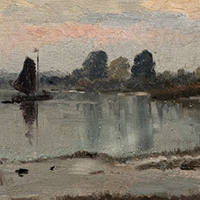
Isidore Meyers
Au bord de l’eau (At the Water’s Edge)
-
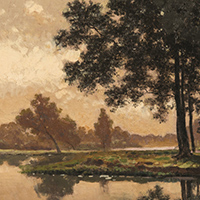
Joseph Quinaux
Rivière (River)
-
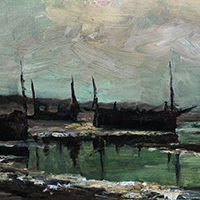
Théodore T’Scharner
Barques (Ships)
-

Théodore T’Scharner
Canal avec moulin (Canal with Mill)
-
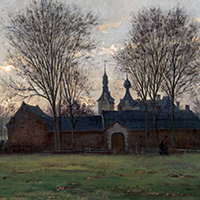
Théodore T’Scharner
Le Château d’Eysden
-

Théodore T’Scharner
Paysage avec étang (Landscape with Pond)
-
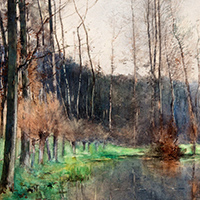
Victor Uytterschaut
Étang en hiver (Pond in Winter)
-
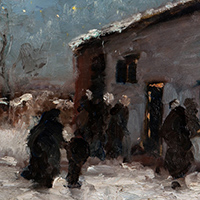
Théodore Verstraete
La viellée (The Vigil)
-
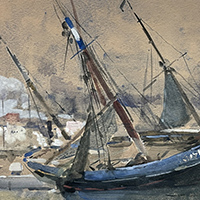
Guillaume Vogels
Barque à Trouville (Ship at Trouville)
-
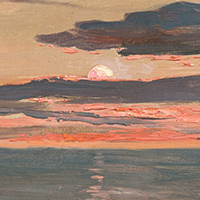
Camille Wauters
Coucher de soleil (Sunset)



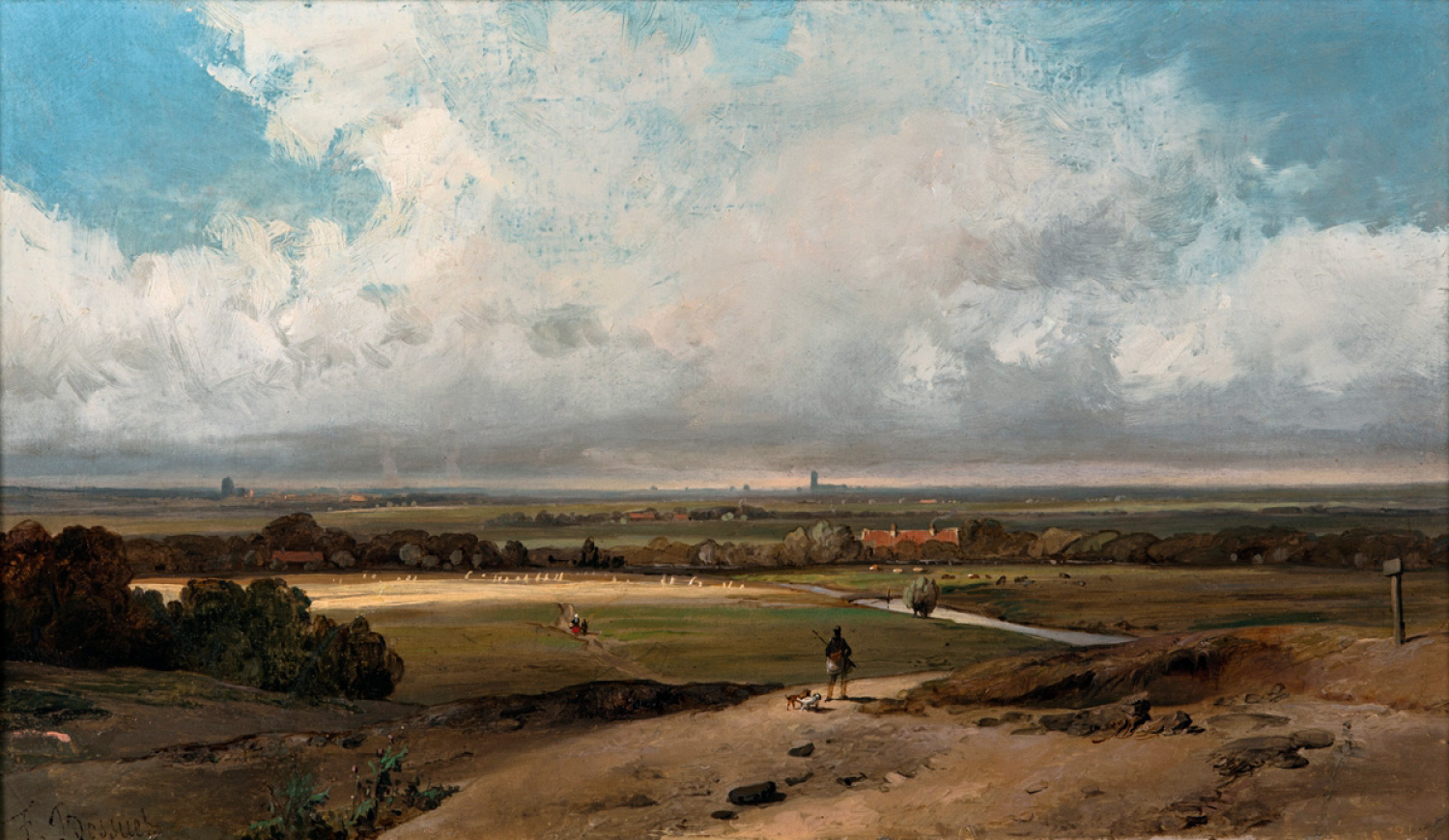
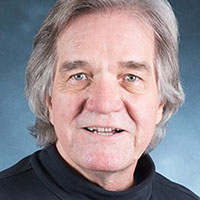







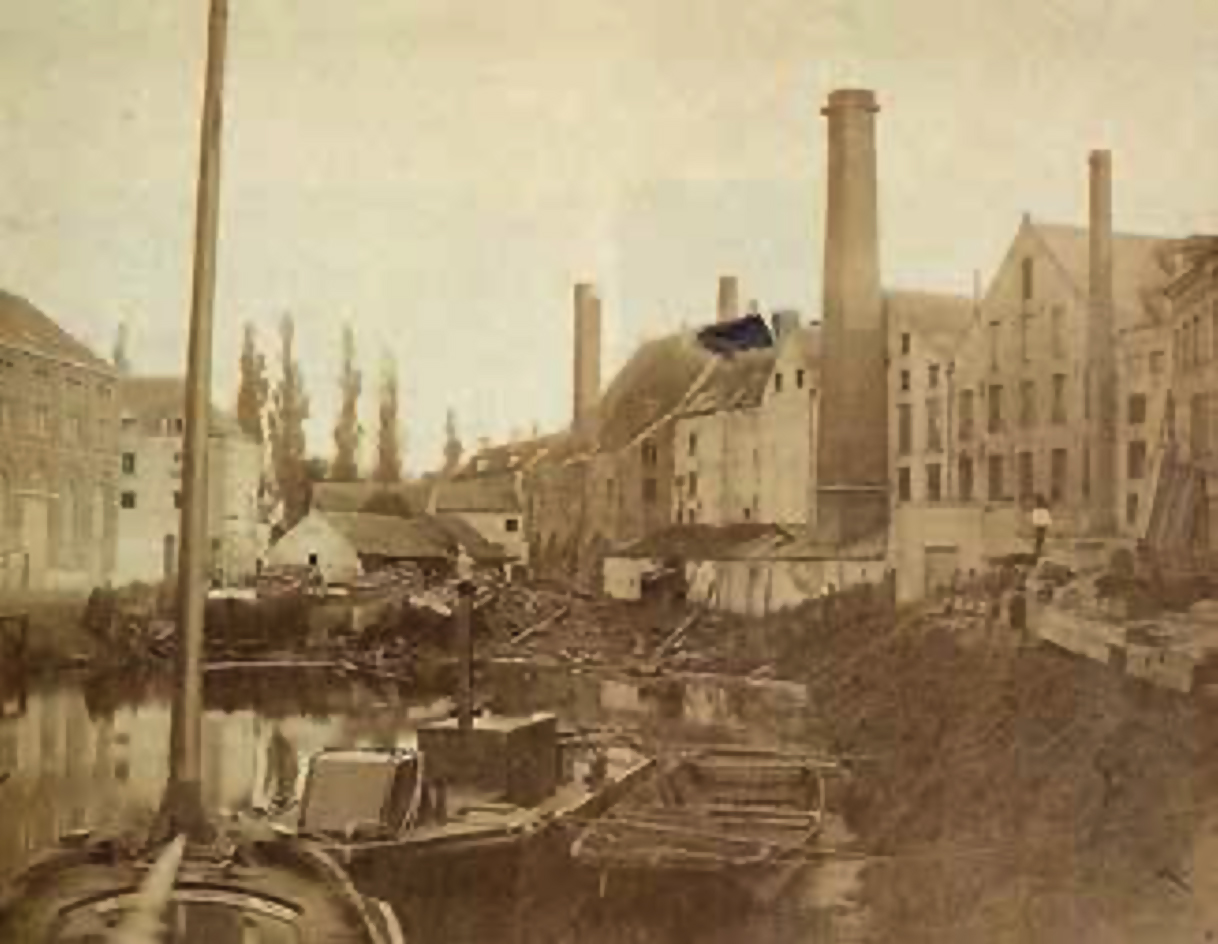

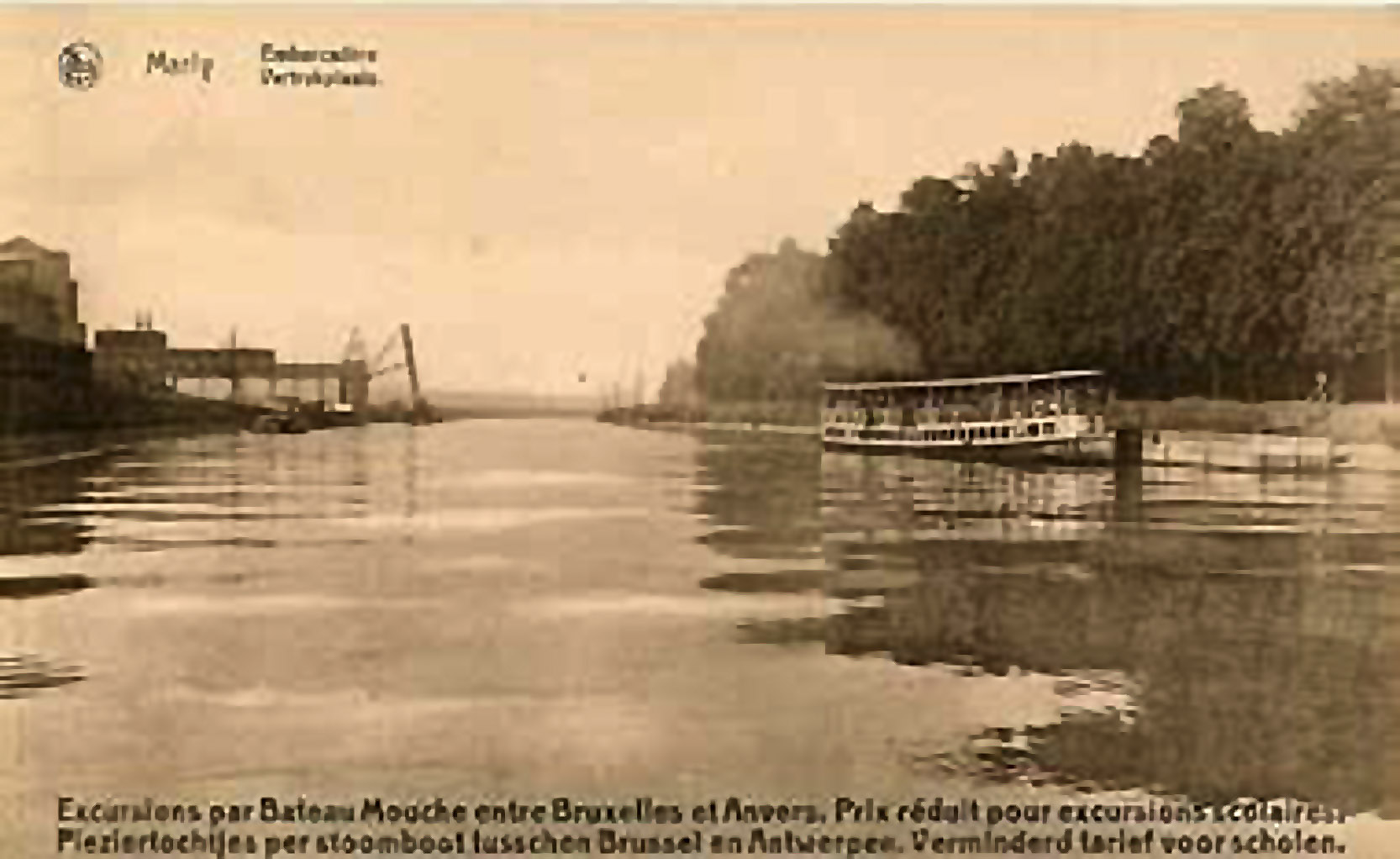


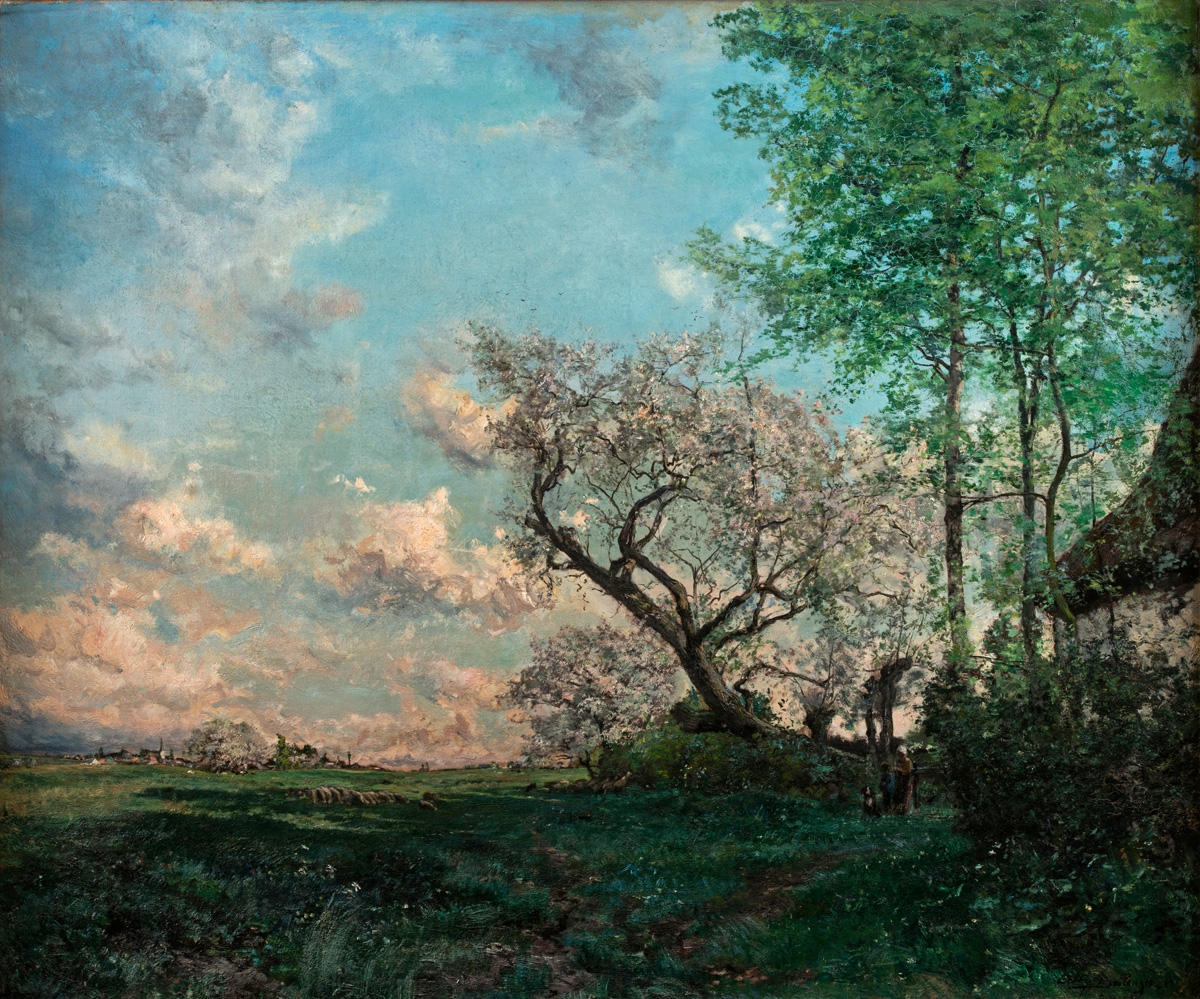




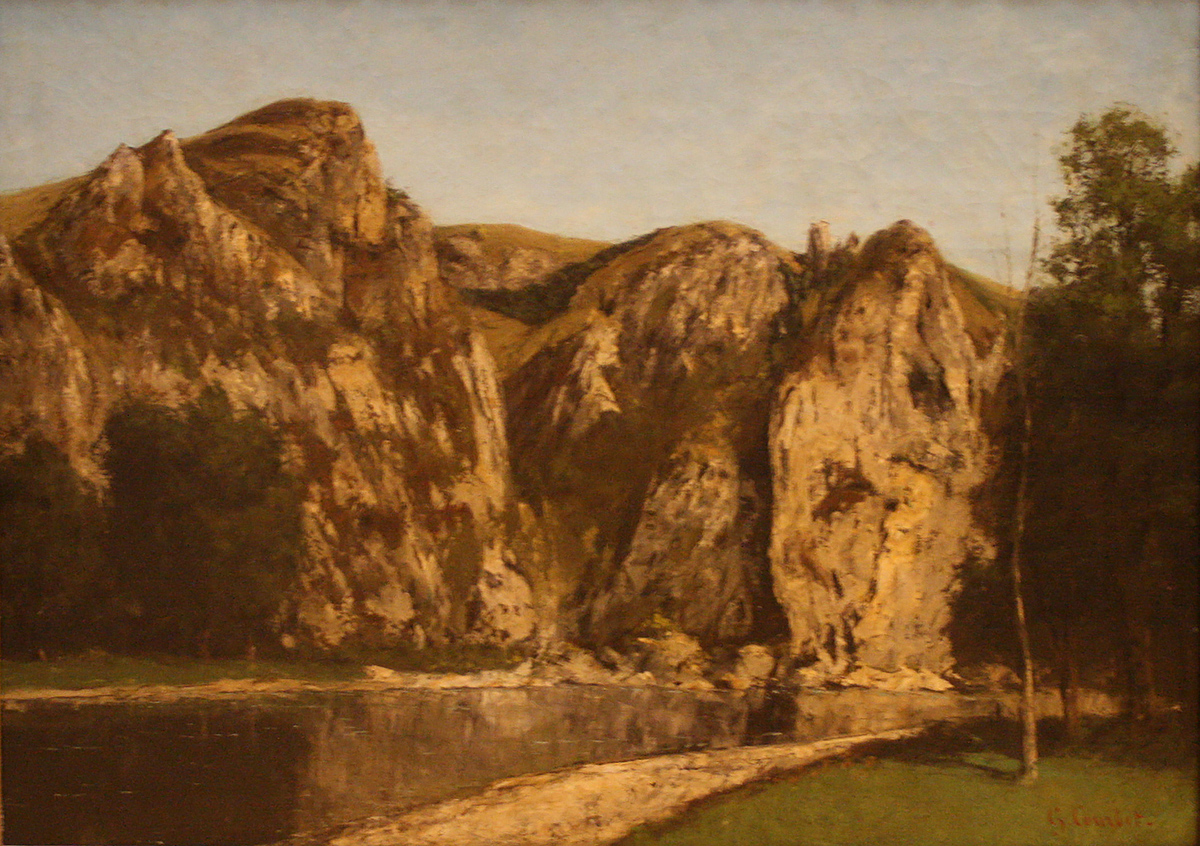

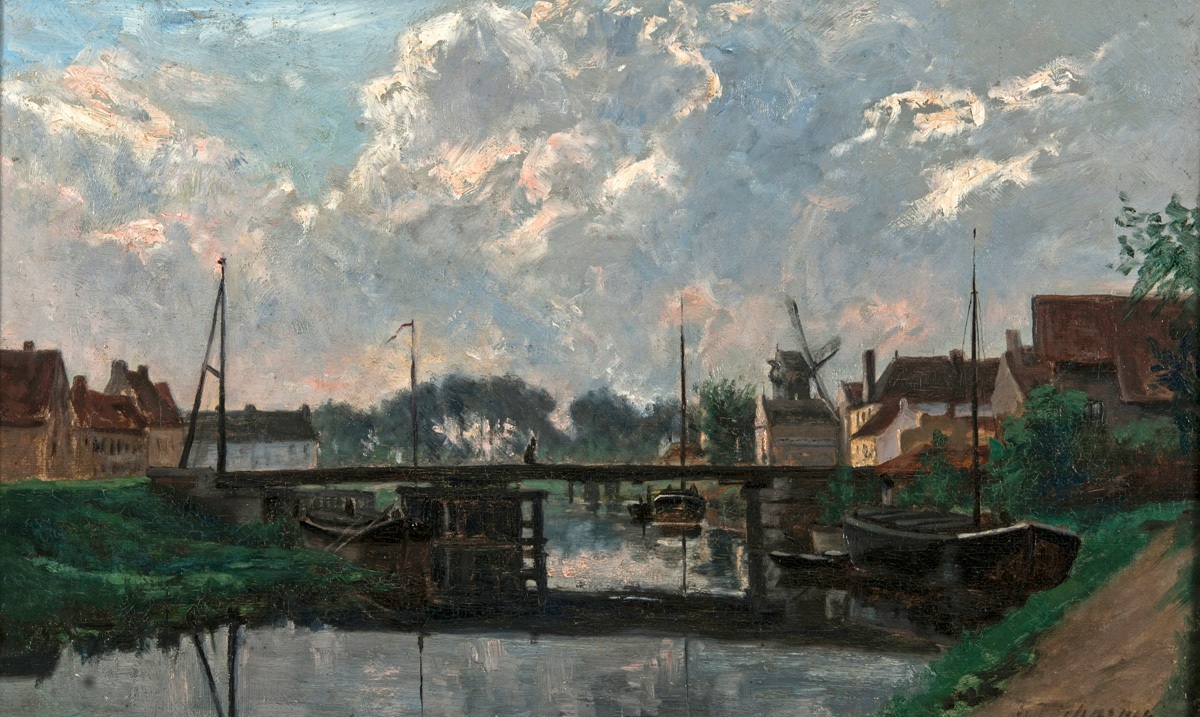

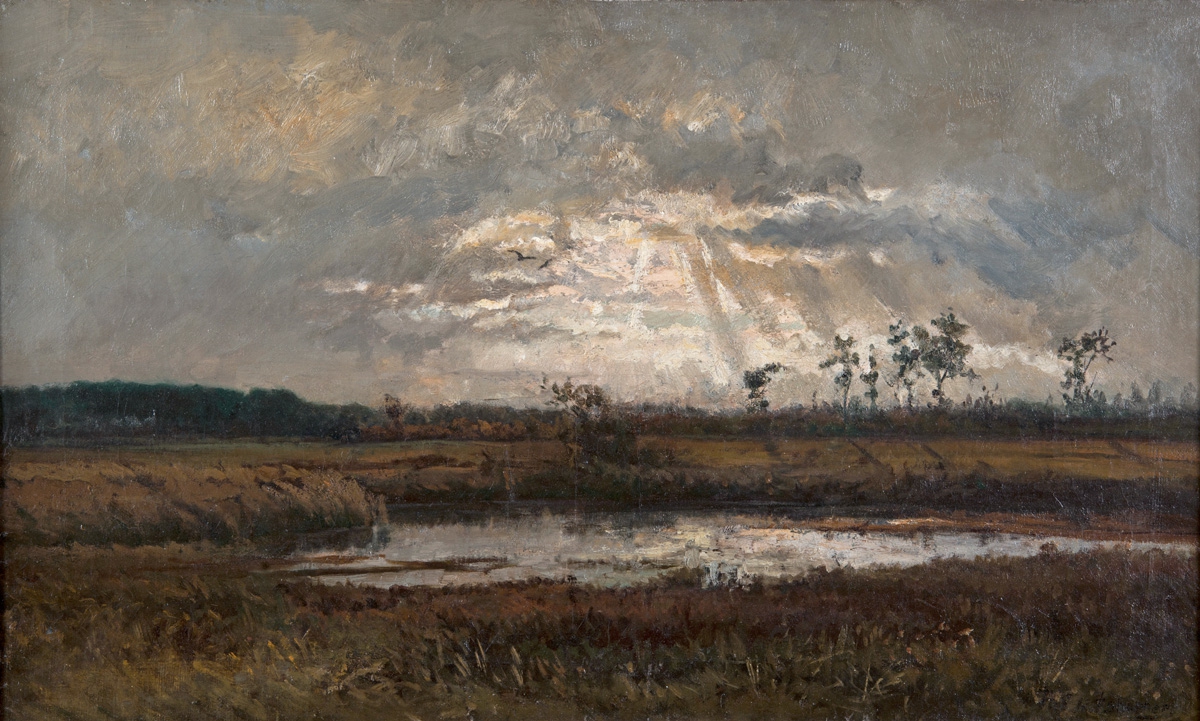


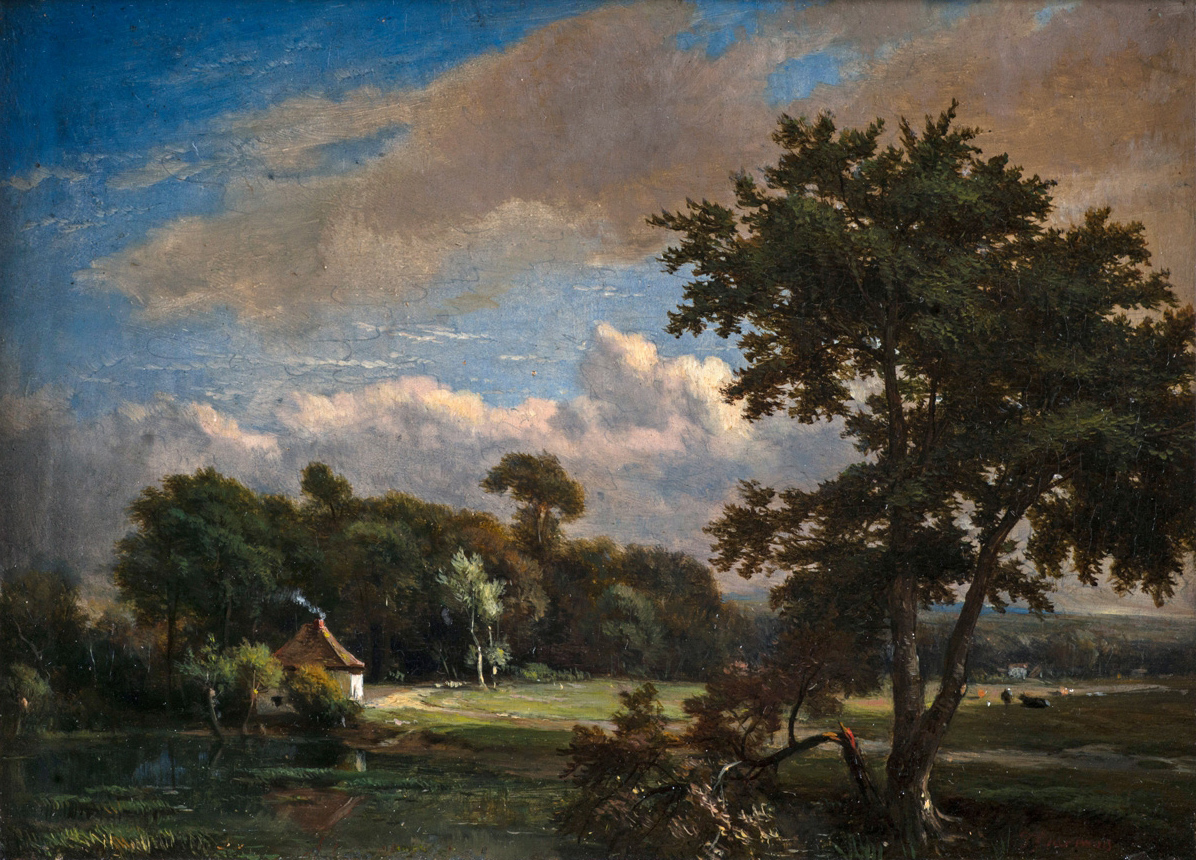

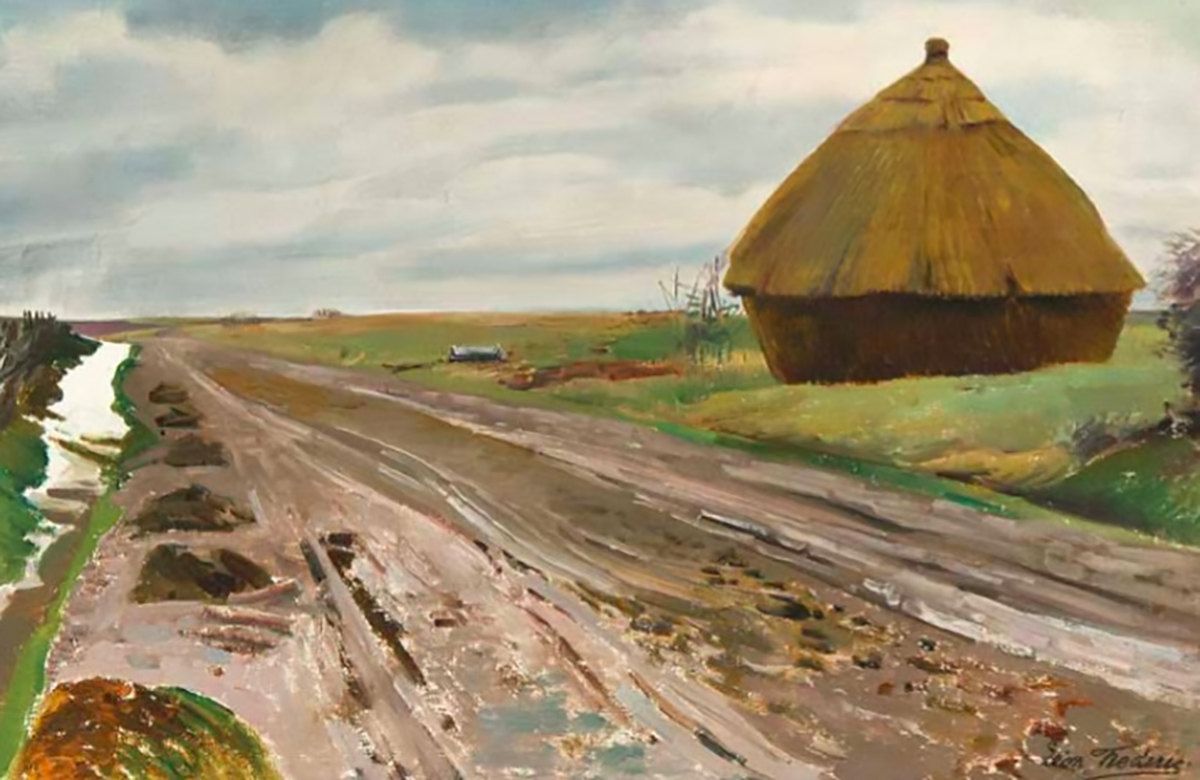














Jeffery Howe
Professor Emeritus, Art History